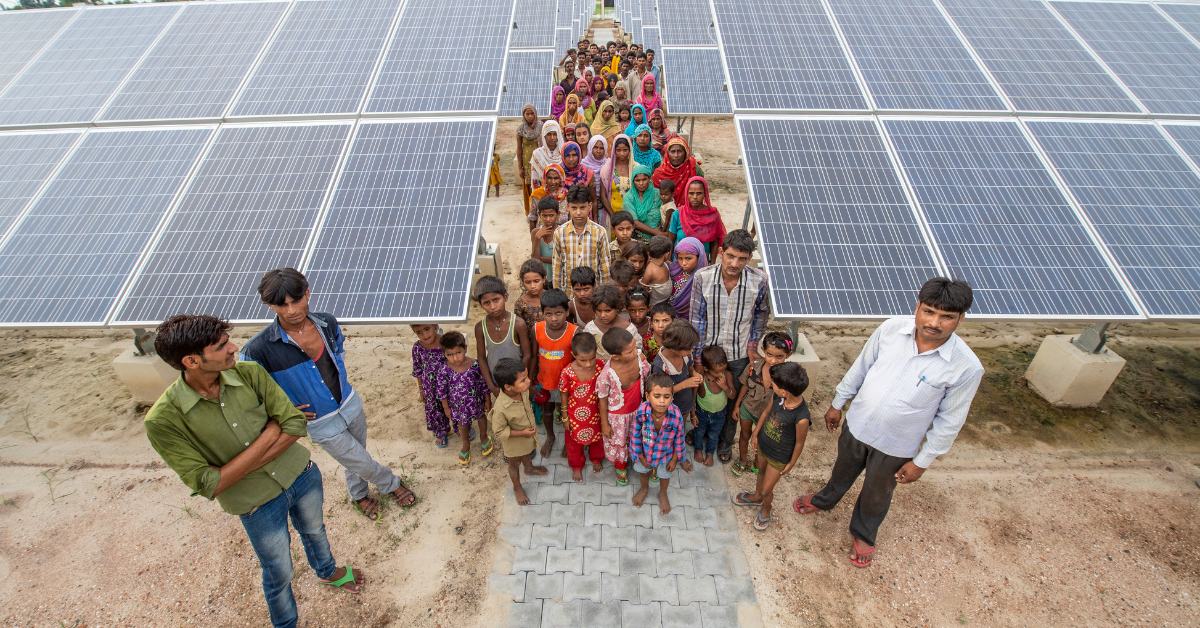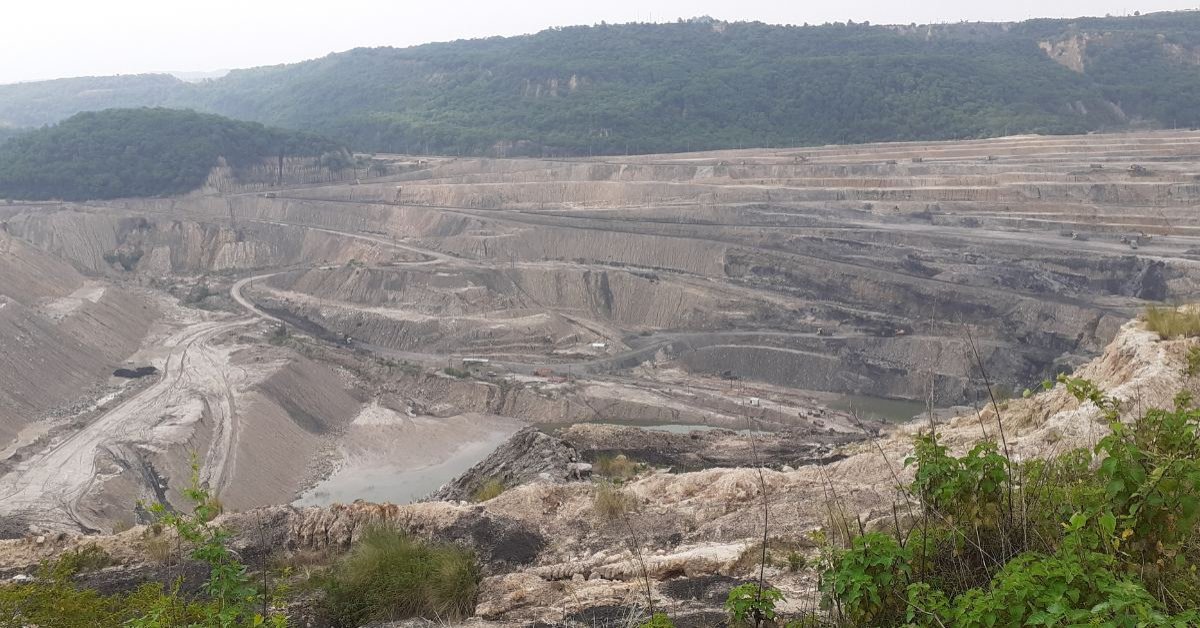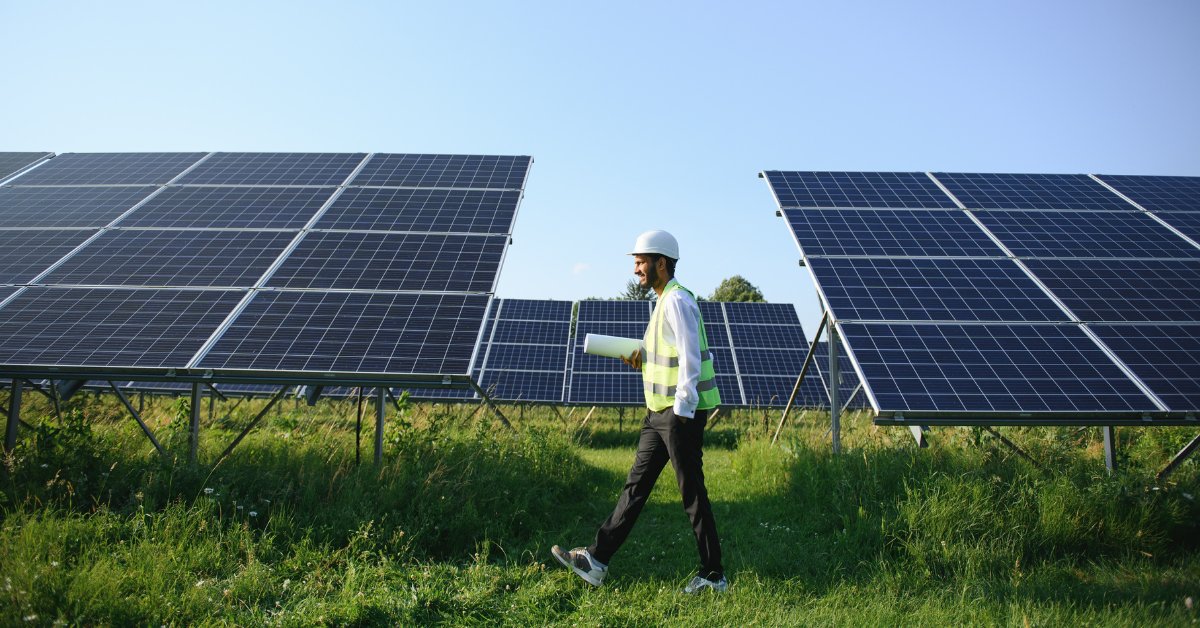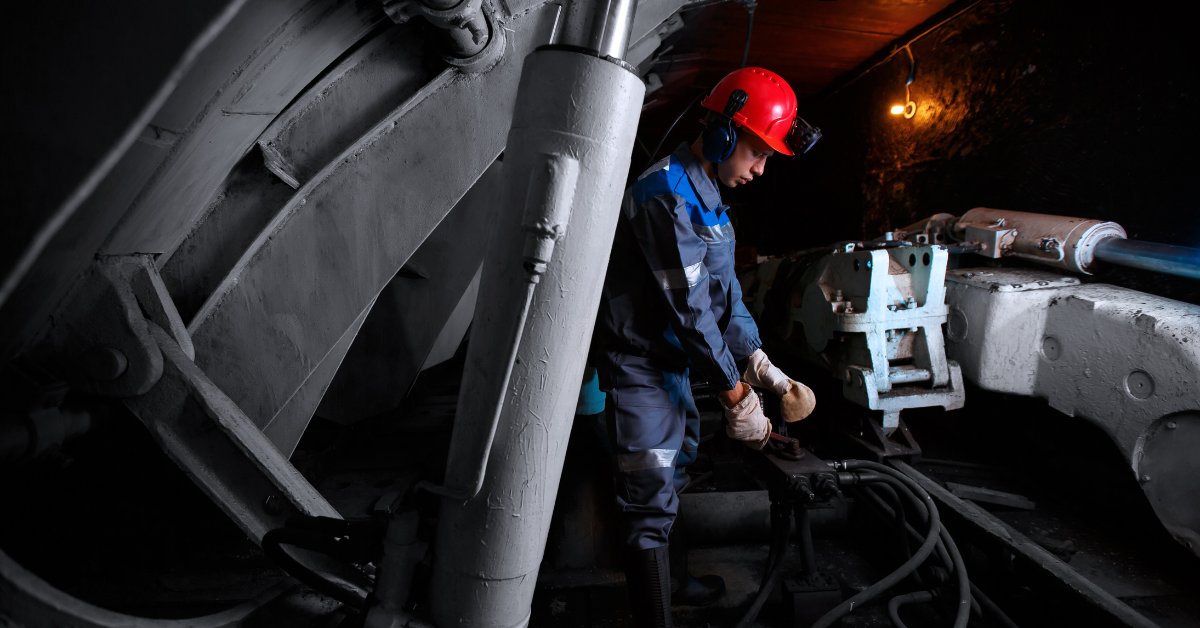9 Key Steps India Can Take for a Fair & Inclusive Clean Energy Future
India is gradually moving towards its ambitious climate goals, including 500 GW of non-fossil capacity by 2030 and net-zero emissions by 2070. However, as the transition accelerates, it must go beyond technological or economic shifts to be just and socially equitable. Given that 72% of India’s electricity is still generated from thermal sources, ensuring worker upliftment, community protection, and equity during the transition to clean energy becomes crucial.
The World Economic Forum’s Energy Transition Index (ETI) 2025 ranked India 71 out of 118 countries. The ETI 2025 highlights India’s achievements in energy transition, marked by declining energy intensity, reduced methane emissions, improved regulatory frameworks, and growing investments in renewable energy (RE) and clean fuels.
However, it also highlights persistent challenges in areas such as enhancing grid reliability, extending energy access to remote rural populations, and reducing dependence on imported energy.
 India ranked 71 out of 118 countries in WEF’s Energy Transition Index 2025, reflecting steady but uneven progress.
India ranked 71 out of 118 countries in WEF’s Energy Transition Index 2025, reflecting steady but uneven progress.
Furthermore, the report cautions that India must address some crucial yet often overlooked issues, including labour market shifts, financing constraints, and the need for a socially inclusive transition that safeguards the livelihoods of communities dependent on fossil fuel economies.
In this article, we discuss key policy changes that India must adopt to ensure a just transition to clean energy.
1. Mandate state-level just transition roadmaps
Five Indian states, Chhattisgarh, Odisha, Jharkhand, Madhya Pradesh, and Maharashtra, account for over 70% of coal production and employment. Jharkhand became the first Indian state to establish a Just Transition Task Force in November 2022, covering coal transition, livelihood reskilling, energy diversification, green finance, and institutional design.
 Jharkhand set up India’s first Just Transition Task Force in 2022 to plan coal sector transformation.
Jharkhand set up India’s first Just Transition Task Force in 2022 to plan coal sector transformation.
Its vision document outlines decade-wise roadmaps for transitioning across 13 coal-dependent districts. Chhattisgarh rolled out community energy initiatives (solar electrification in Bastar’s tribal villages) and piloted hydrogen trucking for cleaner mining operations at the district level. While these efforts are commendable, they are still limited to a few states. Thus, it is crucial to anchor state just transition plans in state energy policies and mandate the submission of ‘just transition roadmaps’ to ensure binding commitments and alignment with central energy goals.
2. Early reskilling and workforce planning
A district-level workforce mapping in coal regions, including formal, informal, and dependent populations, should be conducted to ensure that the workforce in the coal sector is not affected by the transition. The targeted reskilling for jobs in solar, electric vehicles (EVs), energy efficiency, and green hydrogen should be initiated at least 2–3 years before the projected mine or plant decommissioning, using the Skill Council for Green Jobs (SCGJ)–aligned curriculum.
 Reskilling coal sector workers for solar, EVs, and green hydrogen is key to a just transition.
Reskilling coal sector workers for solar, EVs, and green hydrogen is key to a just transition.
However, not all coal-belt regions will offer the required green jobs to replace the coal workforce. Therefore, policies must support alternative livelihood options that are rooted in local contexts.
The government should also target deployment of future projects under the Pradhan Mantri Kisan Urja Suraksha evam Utthan Mahabhiyan (PM-KUSUM), as well as scale up agri-photovoltaics in the fossil-fuel-intensive districts of Jharkhand, Chhattisgarh, and Madhya Pradesh. This can help in creating new livelihood avenues for both skilled and semi-skilled rural youth.
Further, the solarisation initiative in the agriculture sector should be linked to skilling and local manufacturing. As per a 2023 study, the implementation of the solarisation initiative could generate over 1 million jobs in installation, sales, and maintenance across rural India. The government should create district-level skilling programmes linked to solar installation, pump repair, and energy entrepreneurship.
Ultimately, reskilling is insufficient if jobs remain informal, precarious, or unsafe. Policies must mandate job quality standards that focus on aspects such as social security and occupational safety. These safeguards should be embedded into agreements negotiated at the time of plant/mine closure.
3. Enact legal safeguards for fossil fuel workers
Although India has more than 2 million workers directly or indirectly employed in the coal sector, it lacks statutory safeguards for workers who are displaced from employment due to the energy transition. There is a need to introduce an act to ensure pension portability and provide retraining grants, wage insurance, and priority in green job placement programmes.
 Over 2 million workers in India’s coal sector need legal safeguards and retraining support.
Over 2 million workers in India’s coal sector need legal safeguards and retraining support.
For instance, in Canada, the Sustainable Jobs Act (formerly the Just Transition Act) mandates the creation of a Sustainable Jobs Partnership Council, which comprises representatives from labour, industry, and environmental sectors. It prioritises training, income support, and early planning for fossil fuel workers, ensuring that labour unions have a seat at the table.
Similarly, South Africa’s Just Energy Transition Investment Plan (JET-IP) recognises coal miners and energy workers as central stakeholders. The government has committed to establishing labour transition plans alongside infrastructure decommissioning as legal and institutional safeguards for workers.
4. Localise RE manufacturing hubs in coal-dependent regions
Transition policies should place an additional focus on coal-dependent regions, such as Jharkhand, Chhattisgarh, and Odisha. These areas face triple risks of job losses, state revenue shortfalls, and stalled economic activity.
 Setting up solar and battery manufacturing in coal belts can replace lost jobs and boost local economies.
Setting up solar and battery manufacturing in coal belts can replace lost jobs and boost local economies.
The central government must design region-specific just transition packages that go beyond only compensation. These should include plans for economic diversification, job creation, and infrastructure development.
With most solar module and battery manufacturing currently concentrated in Gujarat, Tamil Nadu, and Telangana, priority should be given to setting up such manufacturing units in high-transition regions. This not only replaces lost employment but also builds future-ready ecosystems in the same regions.
5. Enable women and marginalised workers in energy transitions
For the transition to be just, it must be gender neutral. However, studies show that women hold less than 11% of India’s RE jobs. Skilling programmes under Skill India and National Skill Development Corporation (NSDC) should include gender quotas and training in distributed RE, EV maintenance, and green construction, targeting rural women, marginalised workers, and informal sector labourers.
6. Ensure fair and inclusive land use for the energy transition
Land plays a crucial role in India’s clean energy transition, yet it often receives little attention in policy discussions. Large-scale RE projects and the closure of coal mines both require significant land use changes, which can lead to displacement, loss of livelihoods, and conflict, especially in tribal and forest areas.
 Repurposing degraded coal mine land for solar parks can align energy and local development needs.
Repurposing degraded coal mine land for solar parks can align energy and local development needs.
A just transition must therefore ensure fair land practices, including community consent, compensation, and recognition of informal land rights. Repurposing degraded coal mine land for solar parks or community projects can support both energy and local development. To avoid land-related conflicts, India needs an integrated land use framework that balances clean energy expansion with social equity, ecological restoration, and food security.
7. Redirect coal cess revenue towards transition funds
The Clean Energy Cess (popularly called the coal cess) was introduced by the Government of India in 2010 under the Finance Act to tax coal production and imports, with the intention of financing clean energy and environmental projects.
Since 2010, India has collected over INR 1.25 lakh crore under the coal cess (INR 400/tonne). According to the Comptroller and Auditor General of India (CAG) report, only INR 29,645 crore was transferred to the National Clean Energy Fund (NCEF), of which INR 15,911 crore, or ~12% of the total, was disbursed for clean energy projects. Thus, a portion of this fund can be reinstated to support worker compensation, skill development, and community initiatives in coal districts.
8. Embed just transition metrics in environment, social and governance (ESG) and finance norms
While green finance in India is growing, with USD 46 billion in green bonds issued as of 2024, ESG disclosures and reporting often miss just transition indicators (e.g., employment shifts and local economic benefits). Regulators should mandate Business Responsibility and Sustainability Reporting to include metrics for a just transition.
Furthermore, transition lending should be prioritised for affected micro, small, and medium-sized enterprises (MSMEs) and their workers.
9. Create an Authority at the National Level
Transition responsibility is currently fragmented across ministries—coal, labour, environment, and power. A national-level authority, with legal mandate, coordination powers, and representation from all regions, can integrate labour reskilling, environmental remediation, and regional development. South Africa’s Presidential Climate Commission and Germany’s Coal Commission provide institutional blueprints.
Conclusion
As India advances its clean energy goals, people and regions most affected by this shift should not be ignored. With millions of workers and entire communities depending on fossil fuels for their livelihoods, simply replacing coal with renewables without addressing their needs would deepen inequality. A fair transition means planning early, investing in reskilling, supporting local economies, ensuring job security, and making space for women and marginalised groups in the clean energy workforce. With the right policies and a people-first approach, India can lead the green future that is also just and inclusive.
News